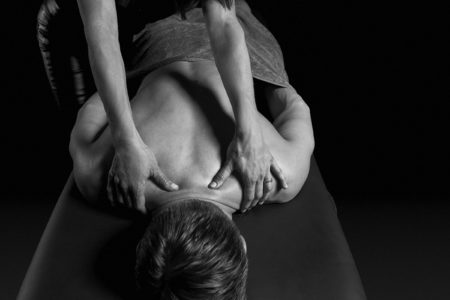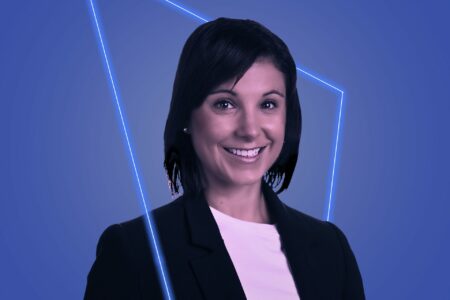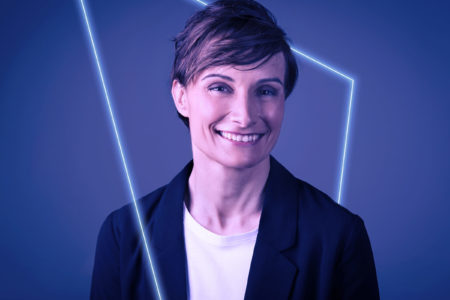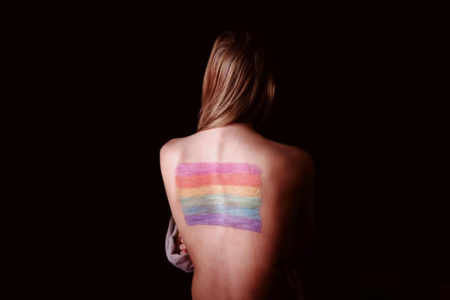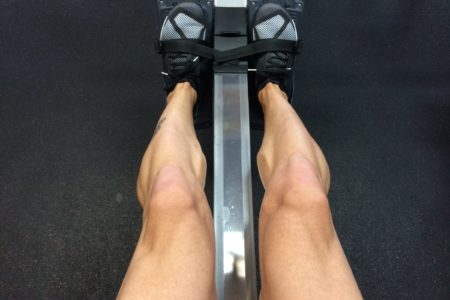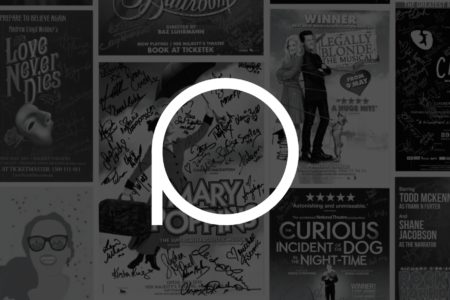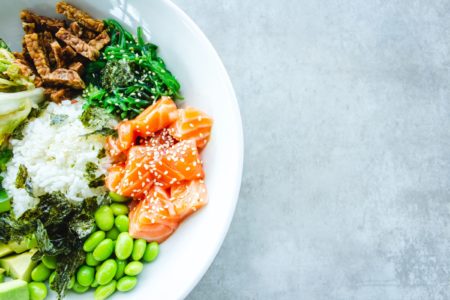Suite 3, Ground Floor, The Gateway,
312 St Kilda Road, Southbank, VIC, 3006
Thoracic Spine Injuries
Ankylosing Spondylitis
Ankylosing spondylitis (AS) is a type of inflammatory arthritis that mainly affects the spine. Symptoms of AS include back pain, stiffness and reduced mobility in the spine.The sacroiliac joints are commonly affected in ankylosing spondylitis. These joints connect the base of the spine (sacrum) to your pelvis. Other joints such as the hips and shoulders can also be affected, as can the eyes, skin, bowel and lungs. AS affects men more often than women. The symptoms usually appear between the ages of 15 and 45 years. While there’s currently no cure for AS, there are many things you can do to help control your symptoms. Physiotherapy treatment will help you manage your symptoms as much as possible: in terms of addressing pain management, spinal mobility and exercise advice and education.
Scoliosis
Scoliosis is an abnormal curvature of the spine.The normal shape of a person’s spine includes a curve at the top of the shoulder and a curve at the lower back. If your spine is curved from side to side or in an “S” or “C” shape, you might have scoliosis. According to research, approximately 80% of scoliosis cases have no identifiable cause.
Symptoms vary depending on the degree of scoliosis. Common symptoms associated with scoliosis include: one shoulder blade that’s higher than the other, one shoulder blade that sticks out more than the other, uneven hips, a rotating spine, problems breathing because of reduced area in the chest for the lungs to expand and back pain.
Specific scoliosis physiotherapy and scoliosis rehabilitation exercise programs can play an important role in scoliosis management; to avoid the curve of your spine worsening. Your MSK Physiotherapist can complete an assessment and a treatment plan to address your needs and reach your goals.
Muscle Contusion
A direct blow to a muscle with high force to the muscle. This often happens in contact sports. With contusions comes pain, weakness in the muscle, swelling and excessive bleeding and bruising within the muscle. Rest, ice and compression are important in the first 48-72 hours after injury. Following this, strengthening, range of motion and stretching exercises will enhance recovery. Soft tissue massage over the injured are is not recommended within the first 3-5 days post injury.
In more severe cases, contusions may lead to compartment syndrome or heterotopic ossification (bone forming within the muscle), therefore it is important to seek advice from you physiotherapist following a contusion to ensure your recovery is rapid and minimise consequential issues such as muscle weakness.
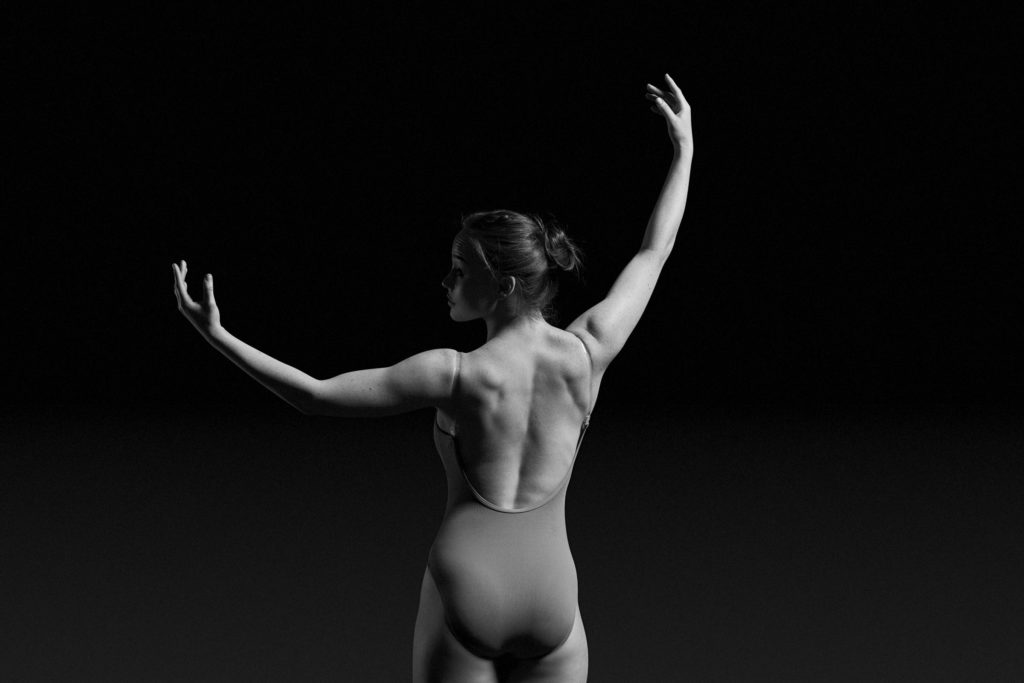
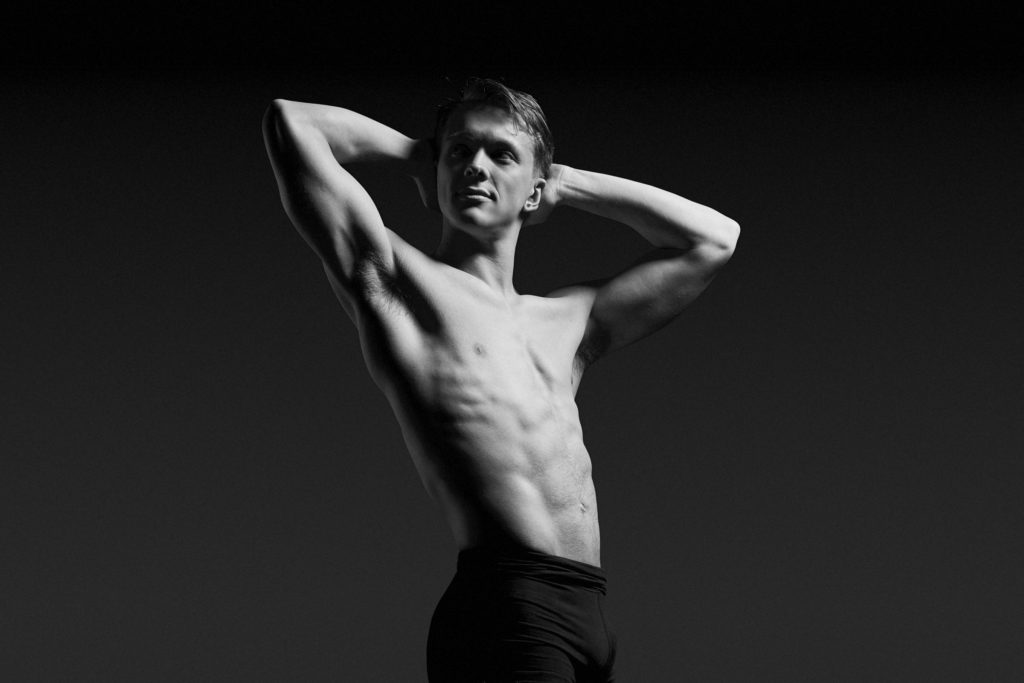
Related Treatments
Related Practitioners
Rhea Torres (she/her)
Physiotherapist - DPT. BNSc. BSc.
Annie Strauch (she/her)
Managing Director - Titled Physiotherapist - MACP
Nino La Scala
Titled Physiotherapist
Letitia Reus (she/her)
Physiotherapist - APAM
Elissa Petesic (she/her)
Physiotherapist - APAM
Emily McLean (she/her)
Physiotherapist - B.Physio Adv. (Hons), Masters of Sport Physio
Stephanie Zamoyski (she/her)
Senior Physiotherapist - B..HthSci & M.Phty
Maria Anagnostou (she/her)
Clinical Director Sydney - Titled Physiotherapist, MACP
Zeba Haroon (she/her)
Physiotherapist
Chris Minto (she/her)
Senior Physiotherapist
Dr Brea Kunstler
Physiotherapist & Run Coach
Polly Dhar (she/her)
Senior Physiotherapist - APAM
Nicole Reynolds (she/her)
Senior Physiotherapist - APAM
Stacey Kipouridis (she/her)
Physiotherapist - APAM
Catherine Etty-Leal (she/her)
Clinical Director Melbourne - Titled Physiotherapist, MACP

